Top 10 Causes of Grout Turning Yellow
Home and business owners and property managers have a common complaint about grout turning yellow. Read this article to learn about possible causes and solutions.
Home and business owners and property managers have a common complaint about grout turning yellow. Read this article to learn about possible causes and solutions.
Keeping carpets fresh, clean, and inviting does not need to be difficult. Learn about the four most common carpet problems and how to resolve or avoid them.
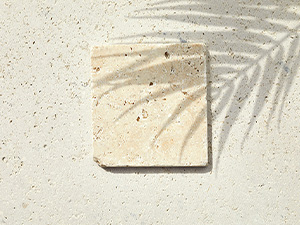
Let’s explore travertine’s natural holes, what causes them, and how they can be filled for a smoother finish if that
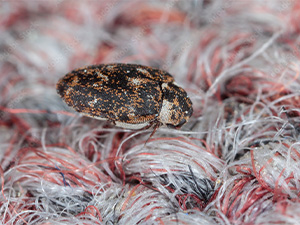
The larvae, which is the most destructive stage of the carpet beetle life cycle, hatch from eggs and begin to
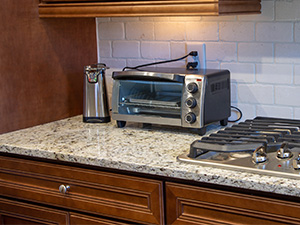
Have you experienced your granite under appliances retaining its original color compared to the surrounding areas that have darkened over

While you are looking at your stone, do you ever wonder where it comes from? Not just the country, but
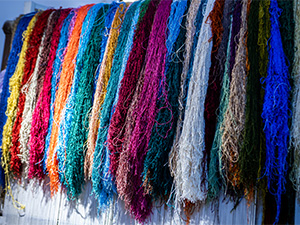
While they boast a luxurious and silky feel, understanding the pros and cons of viscose rugs is important before deciding
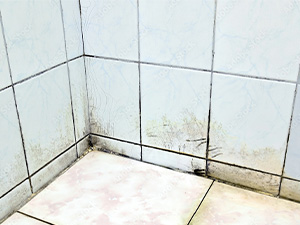
Battling stubborn shower mold? Check out these strategies for banishing mold from your stone and tile showers. Say hello to